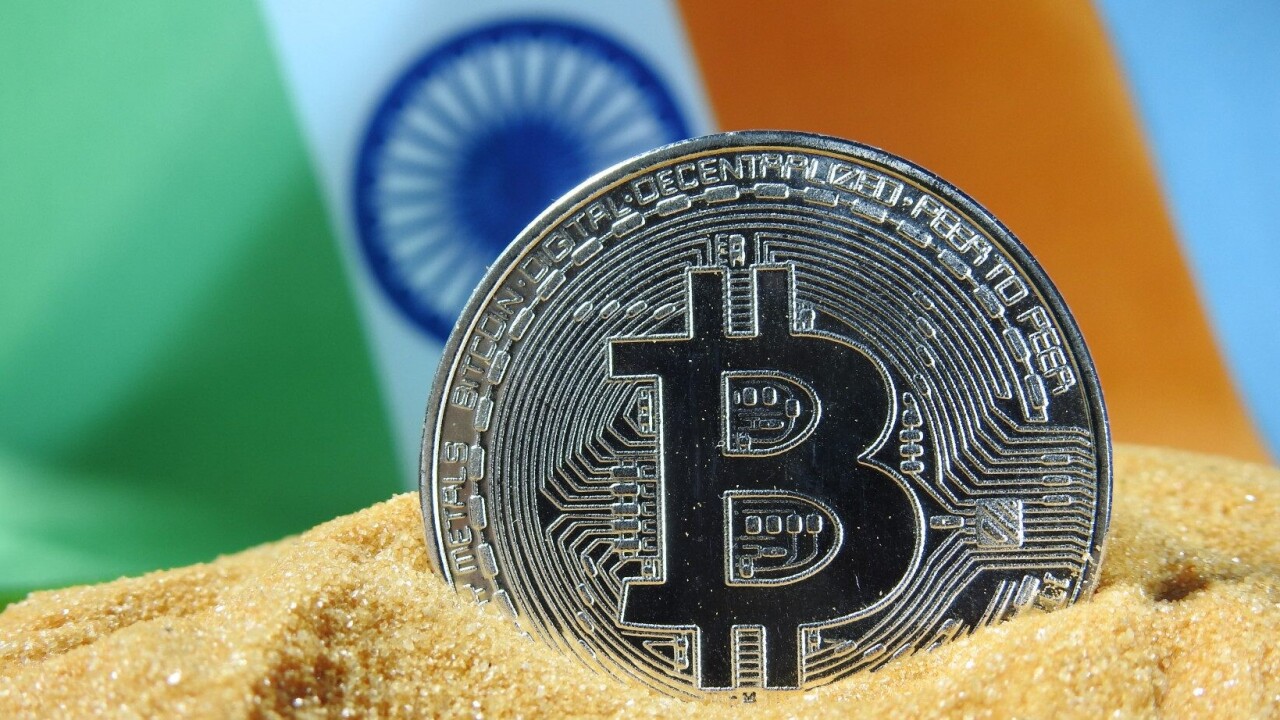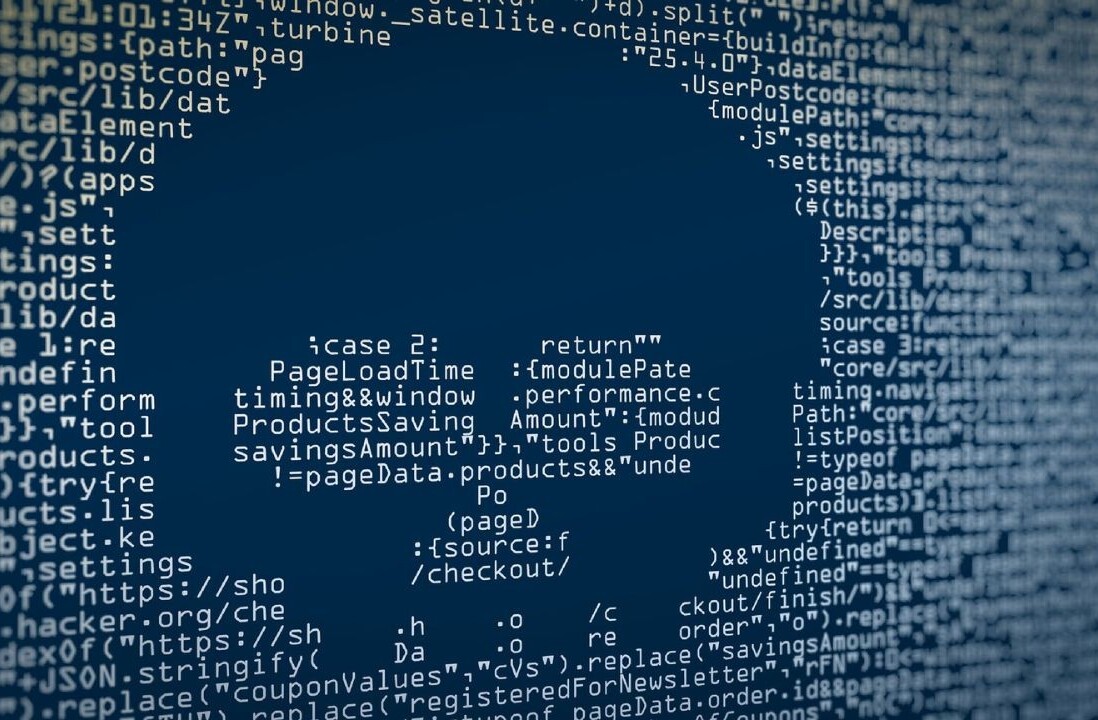If you’re a current cryptocurrency hodler or a potential investor in India, the government wants you to think twice before putting your money in the sector.
For cryptocurrency enthusiasts in the country, it’s been hard to get excited about the space because of speculation of bans and restrictions over the last few years.
In February, the county’s finance minister Nirmala Sitharaman gave them hope by introducing a tax scheme and recognizing the industry. While it didn’t give any legitimacy to the cryptocurrency sector, the move meant that there won’t be a blanket ban on trading anytime soon.
But in the last few weeks, as the tax proposal became a law, and more clarification about its inner workings came to the fore, the industry has had a negative reaction to it.
Many political and business leaders said that the new crypto tax law will discourage investors from putting money into the sector. In this story, we’ll take a look at how it works, and what impact it could have on India’s cryptocurrency future.
How does India’s cryptocurrency tax work?
There are two layers to India’s new cryptocurrency tax. First is the capital gains layer, in which you have to pay 30% tax on whatever money you’ve earned from digital asset trading.
This is pretty standard, and many countries like the US and the UK have a similar form of tax structure for cryptocurrencies.
However, the catch is that you can’t offset your losses, even within cryptocurrencies. So if you’ve lost Rs.1,000 ($13.13) from Bitcoin trading and gained Rs.1,000 ($13.13) from Ethereum trading, you’ll have to pay a 30% tax on the money gained.

This law has been in effect since April 1.
There’s another layer called Tax Deducted at Source (TDS), and this applies to all digital asset transactions.
Say you’re buying some ETH from a cryptocurrency exchange, then transferring it to your MetaMask wallet, and then buying an NFT from a marketplace like Opensea.
You’ll have to pay 1% TDS at each of these stages if a single transaction crosses Rs.10,000 ($131). The 1% TDS applies on all transactions. Plus, the tax applies on any transaction if your cumulative trading crosses Rs.50,000 ($656) per year.
The industry reaction
While the initial industry reaction to the new tax rules was positive, clarification of TDS-related laws frustrated many.
Last month, Ritesh Pandey, a member of parliament, said that rigid TDS rules will “will give birth to red tapism,” and impact the cryptocurrency asset class negatively.
Sathvik Vishwanath of cryptocurrency exchange Unocoin said that these rules go against the fair trading practice of the market.
A TDS like 1% for every trade could make any speculative instrument become illiquid fast! This will go against the fair market prices for those instruments and can push trading underground. So taxing more is bad! #reducecryptotax #faircryptotax Day-31 #IndiaWantsCrypto @Unocoin
— Sathvik Vishwanath (Unocoin) (@sathvikv) March 4, 2022
Other industry leaders also registered their concern about how this rule would slow down the growth in the sector.
But taxation is not the only roadblock for India’s potential cryptocurrency investors.
Payment regulators creating issues
Last week, Coinbase, one of the largest cryptocurrency trading platforms in the world, debuted its service in India. At that time, it supported the country’s Unified Payment Interface (UPI) system, which makes it easier to make payments through your phone.
Days later, the National Payments Corporation of India, a regulatory body that oversees UPI, issued a statement saying it’s not aware of any cryptocurrency exchange using it:
Statement by NPCI as on 7th April 2022. With reference to some recent media reports around the purchase of Cryptocurrencies using UPI, National Payments Corporation of India would like to clarify that we are not aware of any crypto exchange using UPI. Please see attached document pic.twitter.com/lGTcaSLKeC
— NPCI (@NPCI_NPCI) April 7, 2022
After the statement was issued, Coinbase stopped taking payments through UPI, while Indian exchange Coinswitch Kuber halted UPI payments — and apparently other forms of deposits. Another incumbent, WazirX, had stopped taking UPI-based payments from December.
That means you either have to rely on p2p trading, where you can buy stablecoins like USDT from other investors and trade them for other tokens, or use the Immediate Payment Service (IMPS).
The second method forces you to go through multiple steps — like adding an account number to the payee list of your bank — and before deposit the money. It’s more cumbersome to use than UPI, and requires more steps, and it may drive away some people trying to quickly deposit the money.
Mobikwik, a wallet that was supporting payments in some Indian cryptocurrency exchanges, also pulled its support from April 1, which made it tougher for investors to put in money.
For years, India’s central bank has disliked the idea of cryptocurrency trading. It infamously issued a directive that stopped banks from engaging with cryptocurrency exchange trading in 2018, but the apex court reversed the decision in 2020.
Even after the new taxation structure was proposed in the parliament, the Reserve Bank of India (RBI) was in favor of banning cryptocurrencies.
Declining trading volumes
Since April 1, when the new taxation law for cryptocurrency kicked in, trading volumes on India’s leading exchanges have tumbled.
According to data from Crebaco, the number of transactions in Indian exchanges WazirX, CoinDCX, and Bitbns dropped by 72%, 52%, and 41%, respectively, in the first 10 days of the month. While this is data from a short period of time, the decline is very sharp.
Nischal Shetty, CEO and co-founder of WazirX, said that despite the new tax laws, there’s no banking support for cryptocurrency exchanges:
Banking is one of the biggest hurdles for cryptocurrency exchanges right now. Exchanges are not getting access to any banking services, and that’s a huge factor in trading volume going down.
Sidharth Sogani, CEO of Crebaco, said that strict tax guidelines and a negative image around cryptocurrency have contributed to a decline in investments.
A tough road ahead
For cryptocurrency investors in India, the road ahead is tough as there’s a lot of uncertainty around tax rules.
They will have to track their investments, and file reports to the income tax authorities at the end of the financial year. Given the spread-out nature of De-Fi, it’ll be hard to note down all transactions and apply 1% TDS.
While entities in India might deduct 1% for all digital asset transactions, there’s no clarity over whether global firms will follow this norm.
Shetty said the complexity of tracking transactions, and lack of an offset for losses, might lead to a lot of people defaulting on taxes by the end of the financial year. And that’s not a good sign for any investment vehicle.
The cryptocurrency industry in India is still engaging with authorities to ease up some of the regulations. One of the proposals they have put up is to reduce TDS from 1% to 0.01%.
Sogani noted that these rules could have a negative impact on foreign exchanges and DeFi companies wanting to invest in India. He added that clear guidelines and regulations around cryptocurrencies will stop people from becoming averse to investing in them.
Currently, there’s no specific law around regulating crypto apart from the taxation rules. Reports suggest that India will look at global rules around the industry to form its own regulations framework. We can’t expect that to arrive in a matter of months.
For now, there remains a layer of uncertainty and hesitancy around cryptocurrency investments in India.
Get the TNW newsletter
Get the most important tech news in your inbox each week.





